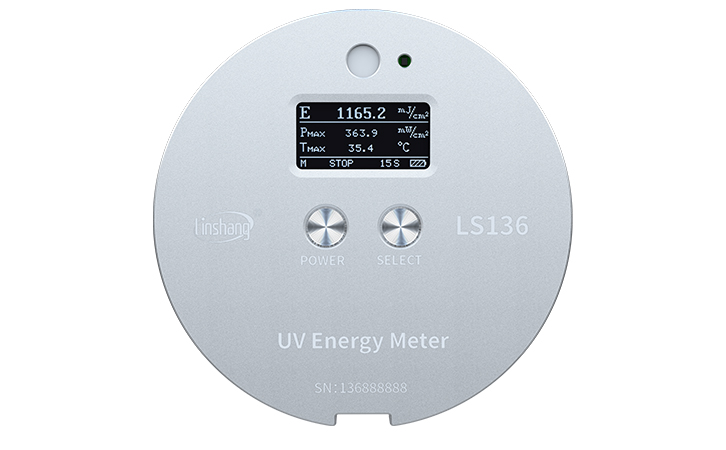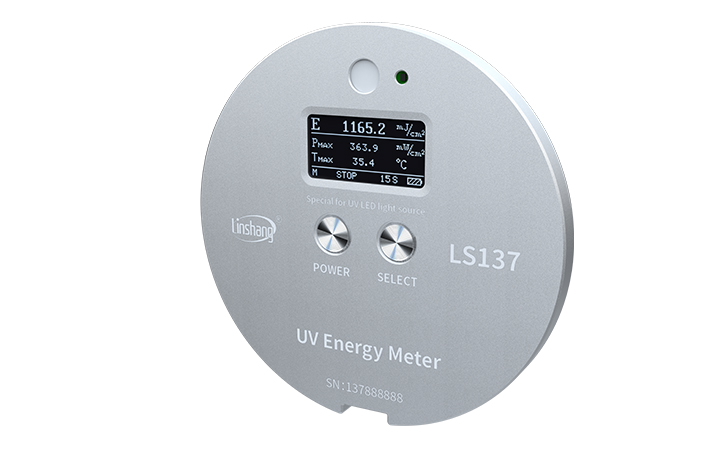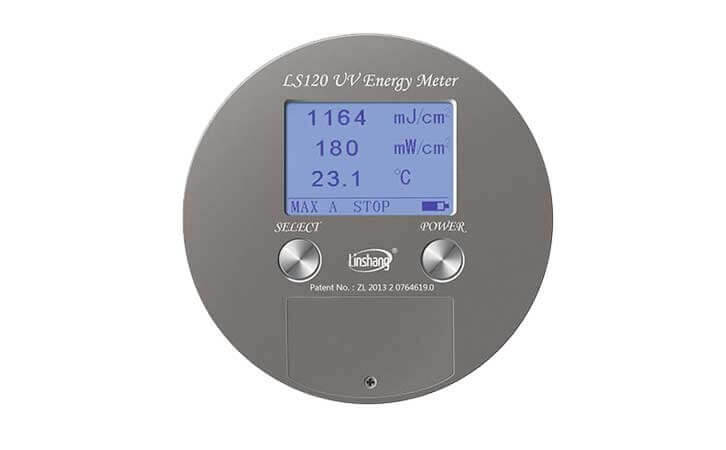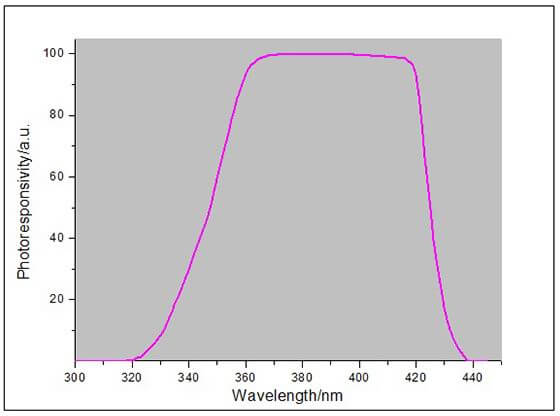As an UV integrator supplier providing a fair price of UV energy meter for LED, mercury vapor lamp, curing and UV exposure machine, Linshang has developed four different models of UV energy meters. According to the type of ultraviolet light source measured, the instruments can be divided into two categories, LS120, LS130 and LS136 for testing the energy and intensity of high-pressure mercury lamps, LS128, LS131 and LS137 for testing UV LED.
For more information on the similarities and differences of these UV energy meters and UV light meters which can also measure the energy values, please refer to the following article "UV Energy Meter Selection and FAQ".
LS136 UV Energy Meter
1.For high pressure mercury lamp, halogen lamp
2.Spectral response range: 315nm-400nm, λp = 365nm
3.Thickness of only 7.6mm, simple operation
4.Long-term for high temperature resistance
LS137 UV Energy Meter
1.Suitable for UV LED light sources
2.Response range: 340nm-420nm, calibrated at 395nm LED
3.7.6mm thickness , simple operation
4.Long-term for high temperature resistance
LS120 UV Energy Meter
1. Spectral response range: 315nm-400nm, λp = 365nm
2. The first UV energy meter has temperature and UV power curve
3. The first UV energy meter with real-time temperature and UV irradiance
4. The first UV energy meter can connect computer via USB and print the results
LS128 UV Energy Meter
1. The first UV Energy meter special for UV LED (365, 385, 395, 405nm, etc.)
2. The first UV Energy meter has the UV intensity measuring range of 40000mW/cm²
3. The first UV Energy meter for UV LED intensity and energy measurement
4. Measure energy, UV power and temperature, provide PC software to export the data
LS130 UV Energy Meter
1. UV energy meter special for high pressure mercury lamp
2. Spectral response range: 315nm-400nm, λp = 365nm
3. Can display real-time UV power, maximal power, energy and curing time
4. Measure UV energy and UV intensity, provide PC software to export the data
LS131 UV Energy Meter
1. UV energy meter special for 340-420nm UV LED (365, 385, 395, 405nm, etc.)
2. UV energy meter light intensity measuring range: 0 - 40000 mW/cm²
3. Can display real-time UV power, maximal power, energy and curing time
4. Measure UV energy and UV intensity, provide PC software to export the data






